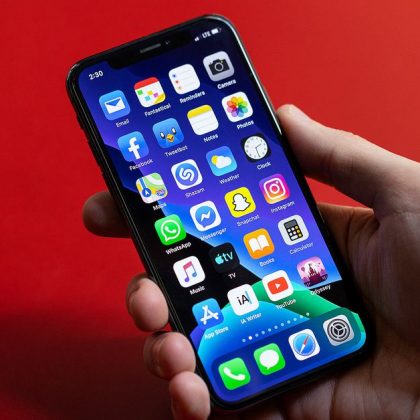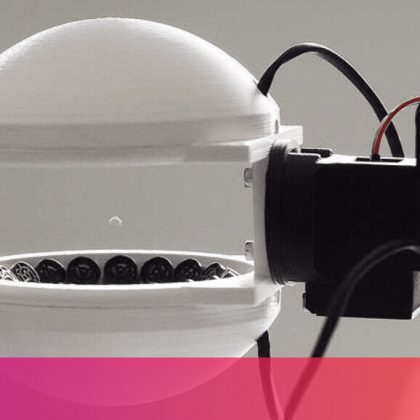Home Features (Image credit: Future) While there’s a certain appeal to Stadia’s near-hardwareless design, cloud gaming means you lose total control over your game performance. Unlike hand-picking the best possible graphics card, processor, or monitor according to your budget, Google Stadia offers three resolution settings for your devices (minus 4K on PC, currently), but will automatically lower those settings if it detects bandwidth instability.There are a few things you can do to get the most out of Stadia other than up your internet package, but how will it compare to PC gaming, or console gaming for that matter? That’s a simple question with a complicated answer. I covered a lot of that in my Stadia review, but my testing process went beyond what I covered there, getting baseline readings on certain games on local PC, limiting bandwidth to simulate different internet speeds, and so on.What I found rings true for other cloud gaming platforms, like Geforce Now and Shadow: Singleplayer games are mostly fine to play through the cloud, but any cloud gaming platform is going to be a no-sell for people who only play multiplayer games, even with a good connection. Here’s a deeper look at side-by-side performance of Stadia vs. a local PC.Local PC and internet specsCPU: AMD Ryzen 7 2700X GPU: Nvidia GeForce GTX 1080 Ti Motherboard: Asus ROG Crosshair VII Hero (Wifi) Memory: G. Skill TridentZ RGB 16GB (2 x 8GB) DDR4 3200 Storage: Intel 760p 1TB SSD PCIe NvME 2.0; Seagate 2TB HDD 7200 RPM PSU: EVGA SuperNOVA 750W 80+ Gold Cooler: NZXT Kraken X52 Case: NZXT H700i Monitor: ASUS MG248QR 24-inch 1080p HD 1ms 144Hz Keyboard: Asus ROG Strix Flare Mouse: Logitech G403 Modem: Netgear CM600 Router: Asus ROG Rapture GT-AC2900 Internet: Cable, Spectrum, 400+Mbps wired, 115Mbps (aro) wireless Television: TCL Roku 50-inch LED 4-series 4K UHD TV with HDRThere were a few limitations to my tests: 4K isn’t available via Stadia on PC; I could not connect the Stadia controller to my PC; and I could not connect my Chromecast to an Ethernet cable due to the layout of my home. (The only cable outlet is in the bedroom, which is on the opposite side of my home from the TV with the connected Chromecast.) However, I was able to conduct latency tests both on my TV and PC at the maximum wireless bandwidth possible, 150Mbps, as well as compare the results to local PC performance. While Google Stadia recommends 35Mpbs minimum for 4K gaming, we recommend at least 100Mbps (and 50Mbps for 1080p) if you want smooth play with a stable resolution.All the below testing was performed on a 5Ghz wireless connection, and latency testing was filmed at 240 fps, counting the frames between key/button press and the action on screen to get the latency in milliseconds. The native latency of my TV (which is quite low) and monitor factors into each result, but most of it will come from my internet connect and how many ‘hops’ it takes to connect my home
Read More
22November





